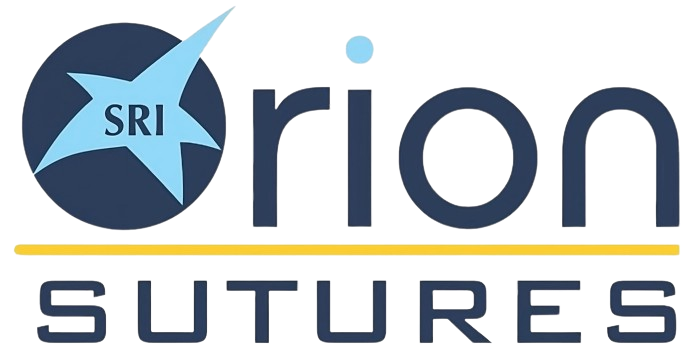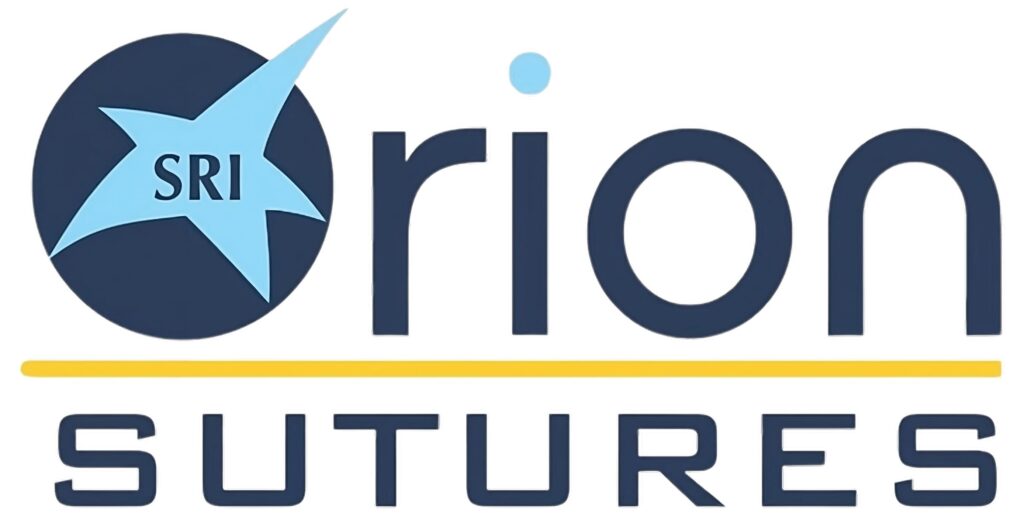Polyglycolic acid (PGA) suture is a type of synthetic absorbable suture that is commonly used in surgical procedures. PGA suture is made from a polymer of glycolic acid and has several benefits over other types of suture materials. In this article, we will discuss the benefits of polyglycolic suture in detail.
- Absorbability: PGA suture is made from a synthetic polymer of glycolic acid, which is gradually broken down and absorbed by the body over time. The suture begins to lose strength after about 14 days and is completely absorbed by the body within 60-90 days. This eliminates the need for suture removal and reduces the risk of infection and wound complications. Additionally, the absorption process is relatively consistent and predictable, which allows for more accurate postoperative timing and follow-up.
- Strength: PGA suture has high tensile strength and maintains its strength for a longer period of time compared to other absorbable sutures. This allows for effective wound closure and helps to reduce the risk of wound dehiscence. Additionally, PGA suture is relatively resistant to enzymatic degradation, which helps to maintain its strength during the absorption process.
- Minimal Tissue Reaction: PGA suture causes minimal tissue reaction and is well-tolerated by the body. The suture does not elicit a significant foreign body response and does not cause significant inflammation or granuloma formation. This reduces the risk of inflammation and infection and allows for faster wound healing.
- Versatility: PGA sutures can be used in a wide range of surgical procedures, including general surgery, gynaecology, and orthopaedics. It is also suitable for use in both internal and external wound closure. Additionally, PGA suture is available in a variety of sizes and configurations, which allows for optimal suture selection based on the specific needs of each surgical procedure.
- Low Cost: PGA suture is relatively inexpensive compared to other types of suture materials, making it a cost-effective option for surgical procedures. Additionally, the absorbability of PGA sutures eliminates the need for suture removal, which can also reduce costs associated with postoperative care.
- Sterilization: PGA suture is sterilized using gamma radiation, which effectively kills all bacteria, viruses, and spores without altering the physical or mechanical properties of the suture. This ensures that the suture is free from contamination and safe for use in surgical procedures. Additionally, the sterilization process does not affect the absorbability of the suture, which allows for consistent and predictable absorption over time.
- Cohesion: PGA suture has good cohesion properties, meaning it stick to itself when twisted or knotted. This allows for a secure hold of the wound edges, reducing the risk of the suture unravelling or coming loose. Additionally, the cohesive properties of PGA sutures make it easier to handle during surgical procedures, especially when working in tight spaces or with delicate tissues.
In summary, PGA absorbable suture has several benefits over other types of suture materials. Its ability to be absorbed by the body, maintain strength during the absorption process and cause minimal tissue reaction makes it an ideal choice for a variety of surgical procedures. Additionally, the low cost and versatility of PGA sutures, along with the reliable sterilization process, make it a cost-effective and safe option for surgical procedures.

